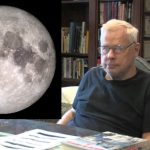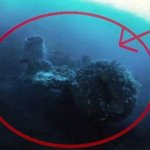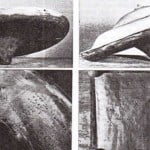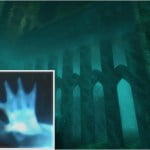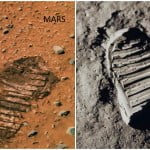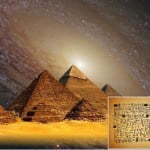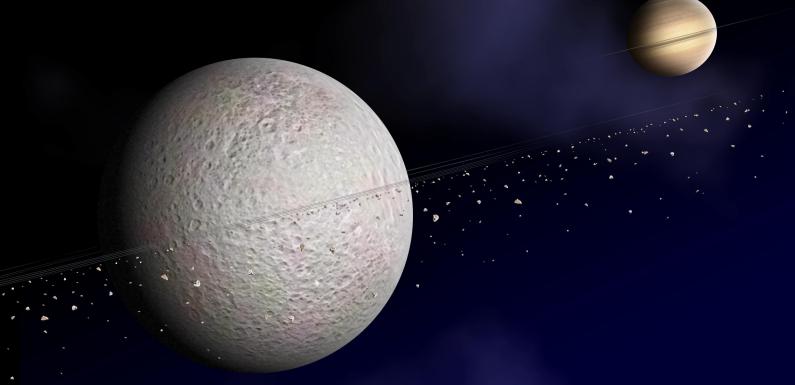
As a new study reveals, astronomers may have unconsciously found rocky planets with rings which they misinterpreted as other types of worlds.
Rings enclose most of the giant planets in our solar system. Of course, the most famous ones are the Saturn’s rings; however, they also surround Jupiter, Neptune, and Uranus. On the other hand, there are rocky planets in our solar system which happen to be without rings.
But, apparently, rocky planets can also have rings. For example, the Red Planet’s moon Phobos may have taken the form of rings around Mars, said the study’s lead author, Anthony Piro who is an astrophysicist at the Observatories of the Carnegie Institution for Science in Pasadena, California, to Space.com.
Astronomers could search for possible rings around the rocky planets that orbit distant stars by checking the subtle effects these rings would impose as the planets cross in front of their stars from the Earth’s angle.
According to Piro, such rings could make these worlds appear wider than they really are. This is the reason why astronomers made a mistake thinking these ringed planets represent other types of worlds.
“Scientists have investigated the idea of rings around exoplanets that are like the giant planets in our solar system, but the idea of having rocky rings around more Earth-like planets has received less focus,” stated Mr. Piro.
Moreover, Piro calculated how ringed rocky planets might seem like to astronomers if the worlds pass onward stars.
As the results shown, the rocky exoplanets with rings might resemble the so-called sub-Neptune planets which aren’t worlds that could be seen in Earth’s solar system. Sub-Neptune planets are over 1.6 Earth’s diameter, however, they are smaller than Neptune itself.
Most of the sub-Neptunes have low densities which imply that are not entirely rocky. Scientists say these planets have bulky, gaseous atmospheres abundant with hydrogen and helium.
Piro suggested that some worlds that looked like sub-Neptunes could, in fact, be ringed rocky planets. They have low densities due to the great blank area between their surfaces and their rings.
By giving the rocky exoplanets each one approximately the diameter and density of Earth, Piro estimated that rings with 100 times the mass of Mars’ Phobos or 5% the mass of Saturn’s rings, could last around these worlds for over 1 billion years. This means that astronomers could really discover rocky planets with rings, he said.
By and large, Piro calculated that Earth-sized rocky planets with rings could resemble planets with diameters two or three times bigger than Earth’s. This doesn’t match the sub-Neptunes astronomers recently discovered, said Piro.
Piro also emphasized that not every world scientists recently discovered and labeled as a sub-Neptune is a rocky ringed planet.
Instead, he implied that the sub-Neptunes astronomers found are a good place to look for rocky worlds with rings.
One way to identify whether an exoplanet is a sub-Neptune or a rocky planet with rings involves looking at the light shining past the planet as the world passes in front of its star.
“The spectrum of light from the exoplanet known as GJ 1214 b or Gliese 1214 b suggests that this world could have rings,” said Piro.
“But another explanation is that it’s just really cloudy, which can happen if it has a lot of water.”
Another way involves searching for anomalies in the light when the planet begins and ends passing onward its star.
Piro also stated that new generation of telescopes could be able to detect rings around rocky planets better. These include the James Webb Space Telescope in 2020 or the Giant Magellan Telescope under construction in Chile.
You can see the details of the study in The Astronomical Journal.


